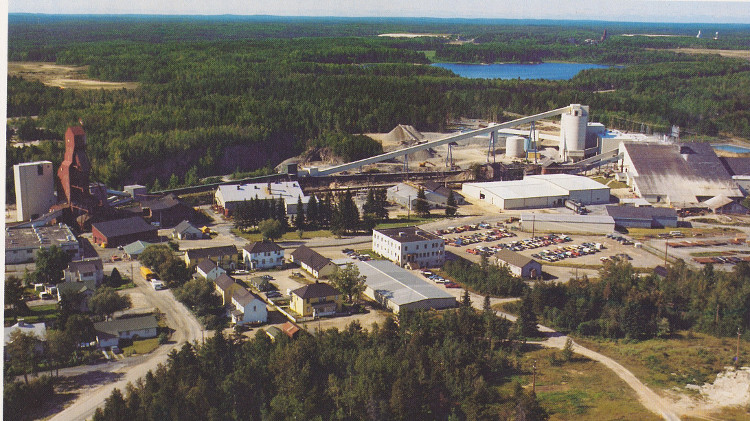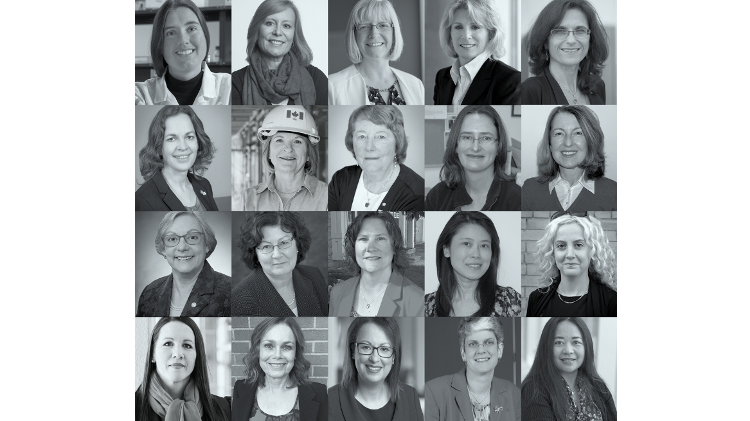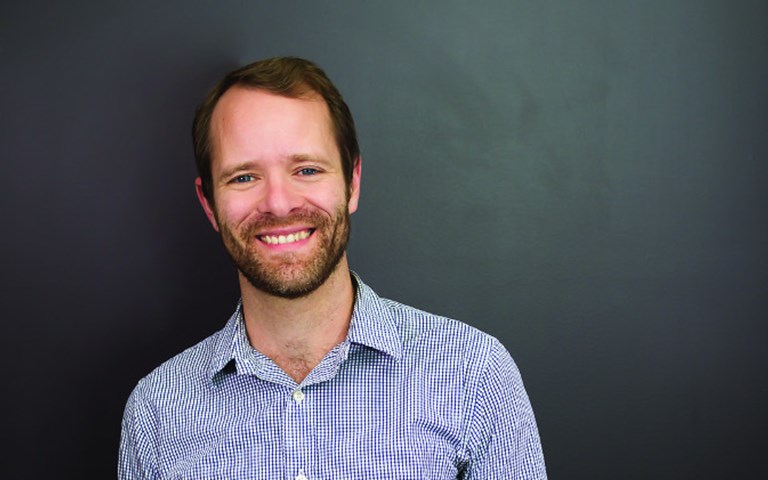“American Indian Movement activist Mike Forcia talked to a State Patrol captain sent to the scene to encourage protesters to follow a legal process for removing the statue, which has stood on the Capitol grounds since 1931. Forcia said they had tried that route many times and it had not worked.” – Minneapolis Star Tribune, June 11, 2020
And so a statue of Christopher Columbus was looped with ropes, pulled off its pedestal and brought to the ground. When, back in March, we took a hard turn and many of us went into self-isolation to help slow the spread of the coronavirus, we knew there would be consequences. The discussions centred around the disruption of work and life, the threat of the virus and the burden on the health care system, the near- and long-term impacts on the global economy. If we could not predict final outcomes, we could at least throw around ideas of what they might be.
Many weeks of isolation, restlessness and anxiety, however, are a volatile mix. This was the setting when the images of the slow and brutal death of George Floyd at the hands of police became public. Frustrations that had been building for generations, anger over the long list of names of others who died under similar circumstances, the heavy toll of COVID-19 on African-American communities, and the acute alienation from being confined at home found a common focus. This moment has been a catalyst for the expression of many long-held grievances that are well founded in history and far beyond the scope of police brutality. It has also come with such force that some who have succeeded in waving away such agitation for change in the past have had to respond and – more to the point – to listen.
If this reckoning is centred in the United States, the stories that many Canadians – including current and past CIM colleagues – have shared reinforce that this is not a problem belonging only to our southern neighbours. We have our own enduring legacies of injustice that we collectively ignore.
If we choose to give it our attention, however, we can skip the bewildered, what-is-to-be-done phase. There is at least some guidance already. A year ago, “The Final Report of the National Inquiry into Missing and Murdered Indigenous Women and Girls” was released. It was a thorough accounting of systemic racism in Canada and came with a number of corrective actions.
While many of the measures outlined in the report were for governments, they also gave recommendations to both the media and the extractive industries. For outlets such as CIM Magazine, the report called for the inclusion of Indigenous people in both the coverage and production of content, and for the extractive industries to respond to the fact that the impacts and benefits of development are not distributed equally across Indigenous communities.
Why don’t we begin there?




